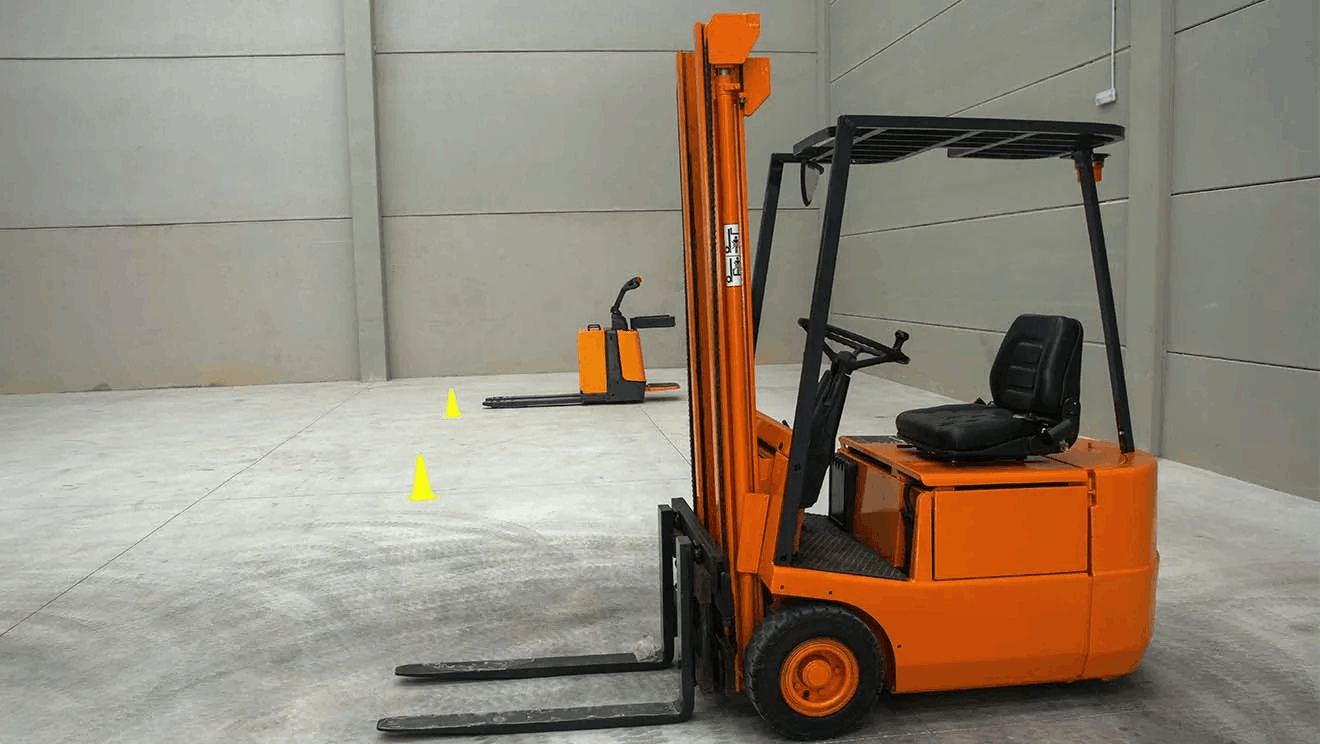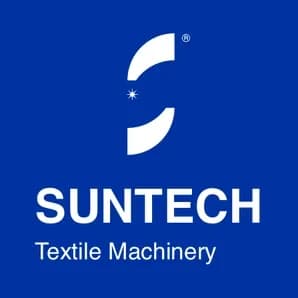
Forklifts are commonly used in the textile industry for the easy and safe transport of goods. With the help of forklifts, businesses can quickly and efficiently transport their textiles from one place to another without any physical labor or stress on workers.
Introduction to Forklifts and the Textile Industry
Forklifts are an essential piece of machinery in the textile industry, for moving fabrics, thread, yarn, and other materials around the factory floor. Forklifts help speed up production by reducing the amount of time it takes to move materials from one part of the factory to another.
The textile industry is a huge user of forklifts. In fact, according to the National Safety Council, forklifts are responsible for a significant number of injuries and accidents in the textile industry each year. Operating a forklift is not as simple as it may seem. Many safety precautions must be taken into account when operating a forklift. For example, always keep your eyes on the load you are carrying and be aware of your surroundings. Make sure to use proper lifting techniques when picking up or setting down a load. It is important to have a basic understanding of how to operate a forklift for textile industry workers.

Benefits of Using Forklifts in Textile Manufacturing
Forklifts are available in various sizes and configurations to suit the needs of different businesses. One of the main benefits of using forklifts is that they can help to improve productivity and efficiency in the workplace.
Forklifts can be used to move materials around a textile factory quickly and easily for speeding up the manufacturing process and reduce downtime. Forklifts can also be used to load and unload fabric rolls onto looms, which can save time and effort.
Another benefit of using forklifts is that they can help to improve safety in the workplace. Forklifts can be fitted with safety cages or guards to protect operators from falling objects. They can also be equipped with lights and alarms to warn people when they are approaching.
Precautionary Safety Measures for Operating Forklifts
Operating a forklift is a skilled job that requires training and certification. Some basic safety measures should be taken when operating a forklift,
1. Wearing the proper Personal Protective Equipment (PPE), including gloves, safety glasses/goggles, and closed-toe shoes;
2. Knowing the weight capacity of the forklift and ensuring that the load being lifted is within that capacity;
3. Positioning the forks properly beneath the load to avoid tipping or dropping the load;
4. Inspecting the forklift before each use to ensure that it is in good working order;
5. Operating the forklift at a safe speed, taking care to brake slowly and smoothly.
Equipment that Can be Used with a Forklift
A forklift is a versatile piece of equipment that can be used in a variety of applications. They can also be used to load and unload trucks, as well as to move finished products to storage areas.
Forklifts come in a variety of sizes and styles, so it's important to select the right one for your needs. If you'll be using your forklift primarily for lifting and transporting heavy loads, then you'll need a model with a powerful engine and sturdy forks. If you'll be using your forklift mainly for loading and unloading trucks, then you'll need a model with a mast that can extend vertically.
Many different types of attachments can be used with forklifts, such as pallet forks, boom extensions, and winch assemblies. These attachments can make your forklift even more versatile and allow you to tackle a wider range of tasks.
Optimal Efficiency of Forklift Use In the Textile Industry
The textile industry is a sector of the economy that is responsible for the production of textiles, which are used in a wide variety of applications. Forklifts are an essential piece of equipment in the textile industry, as they are responsible for transporting heavy loads of fabric and other materials from one place to another.
Forklifts play a vital role in the efficient operation of the textile industry. They help to move materials and products around factories quickly and efficiently. Forklifts can be used to transport materials from one part of a factory to another, or from one stage of the manufacturing process to the next. To ensure that forklifts are used optimally in the textile industry, it is important to follow some simple tips:
1. Schedule regular maintenance checks for your forklifts. This will help to ensure that they are always in good working condition.
2. Make sure that all operators have received proper training before using a forklift.
3. Inspect the loads that are being transported on forklifts carefully. Make sure that they are not too heavy or unbalanced, as this could cause an accident.
4. Follow all safety regulations when using forklifts. Remember to keep your hands and feet away from moving parts, and never stand underneath a raised load.
Common Problems With Machinery and Solutions
Problems with machinery in the textile industry are not uncommon, but there are solutions available to mitigate or even eliminate these issues. Below are some of the most common problems and their solutions:
1. Unreliable Machines Causing Production Delays
One of the most frustrating problems faced by textile companies is when their machines break down unexpectedly, leading to production delays. However, investing in high-quality, reliable machinery can help to avoid this problem altogether.
2. Lack of Skilled Workers
Another common issue in the textile industry is a lack of skilled workers. This can be addressed by offering training programs for existing employees or hiring new employees with the necessary skills.
3. High Energy Costs
Energy costs can be major expenses for textile companies. To reduce energy costs, many companies have switched to using more efficient machinery and installed solar panels on their factory roofs.
4. Water Shortages
Water shortages are becoming increasingly common in many parts of the world, including regions where textile factories are located. To address this problem, many factories have installed water recycling systems to reduce their water usage.
Conclusion
Forklifts are a valuable tool for the textile industry, as they enable businesses to increase their efficiency and reduce accidents in the workplace. They also require minimal preparation and training before use, making them an excellent choice for businesses of all sizes. With so many advantages and benefits, forklifts are sure to be a popular choice in the textile industry for years to come.








